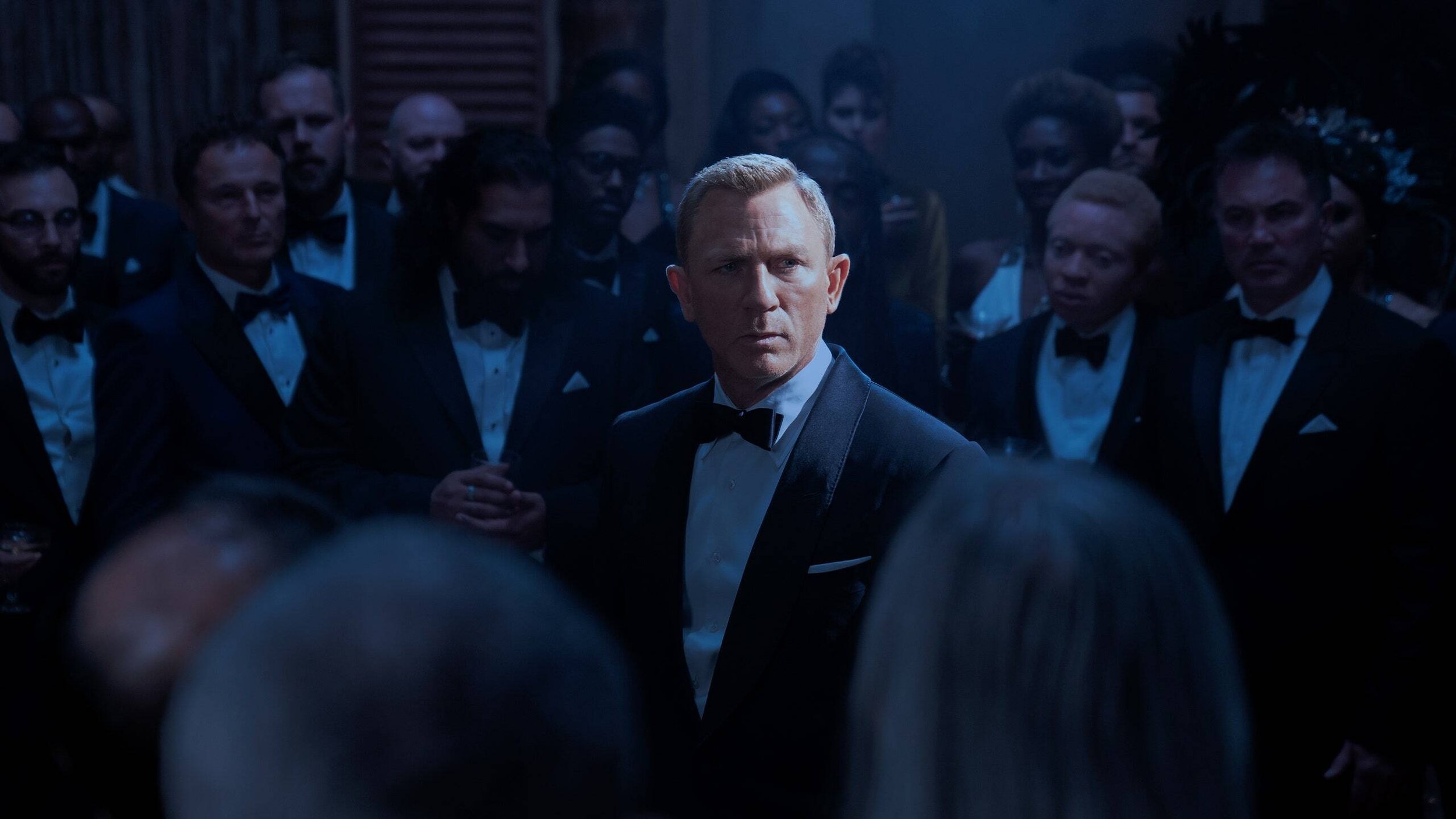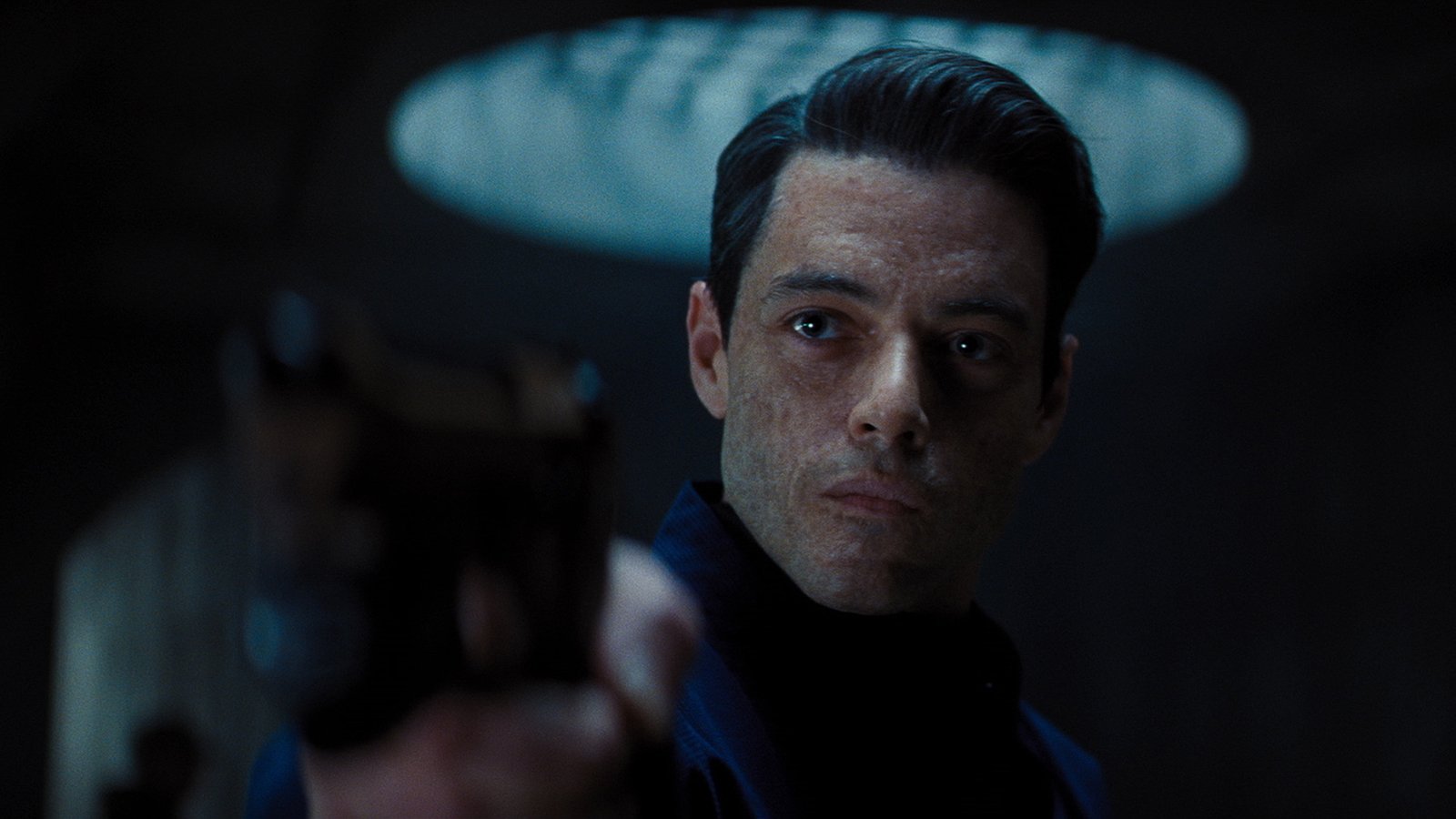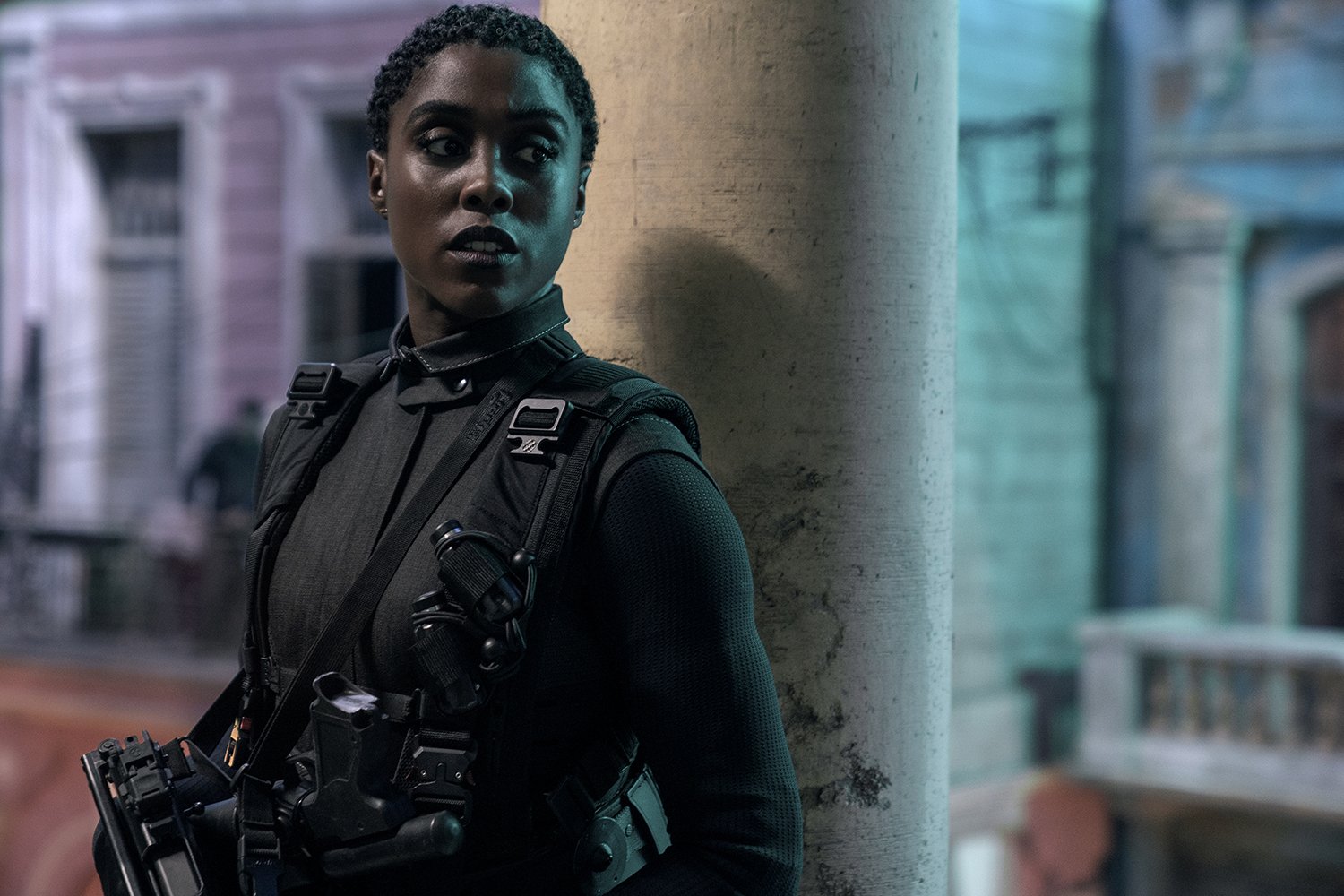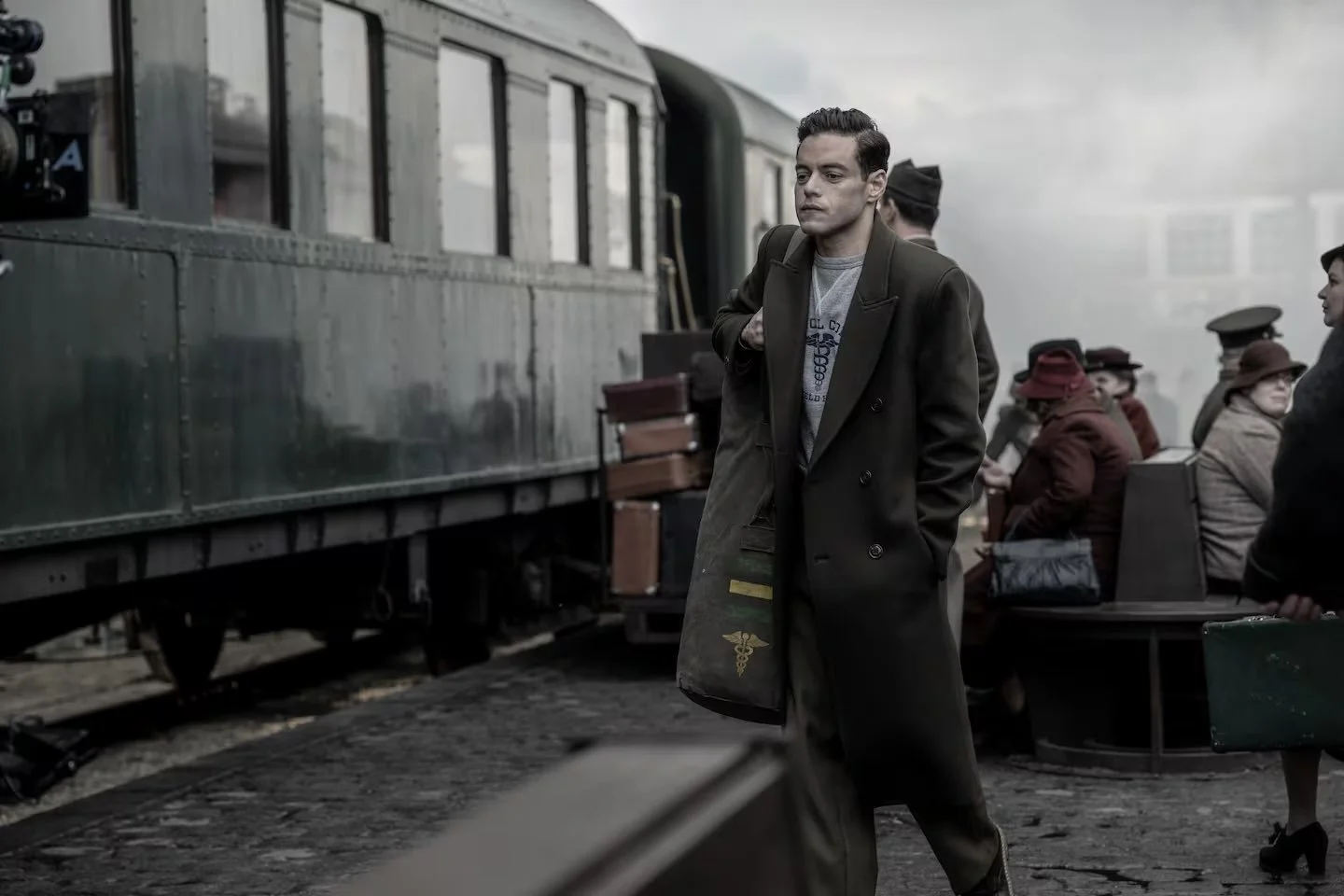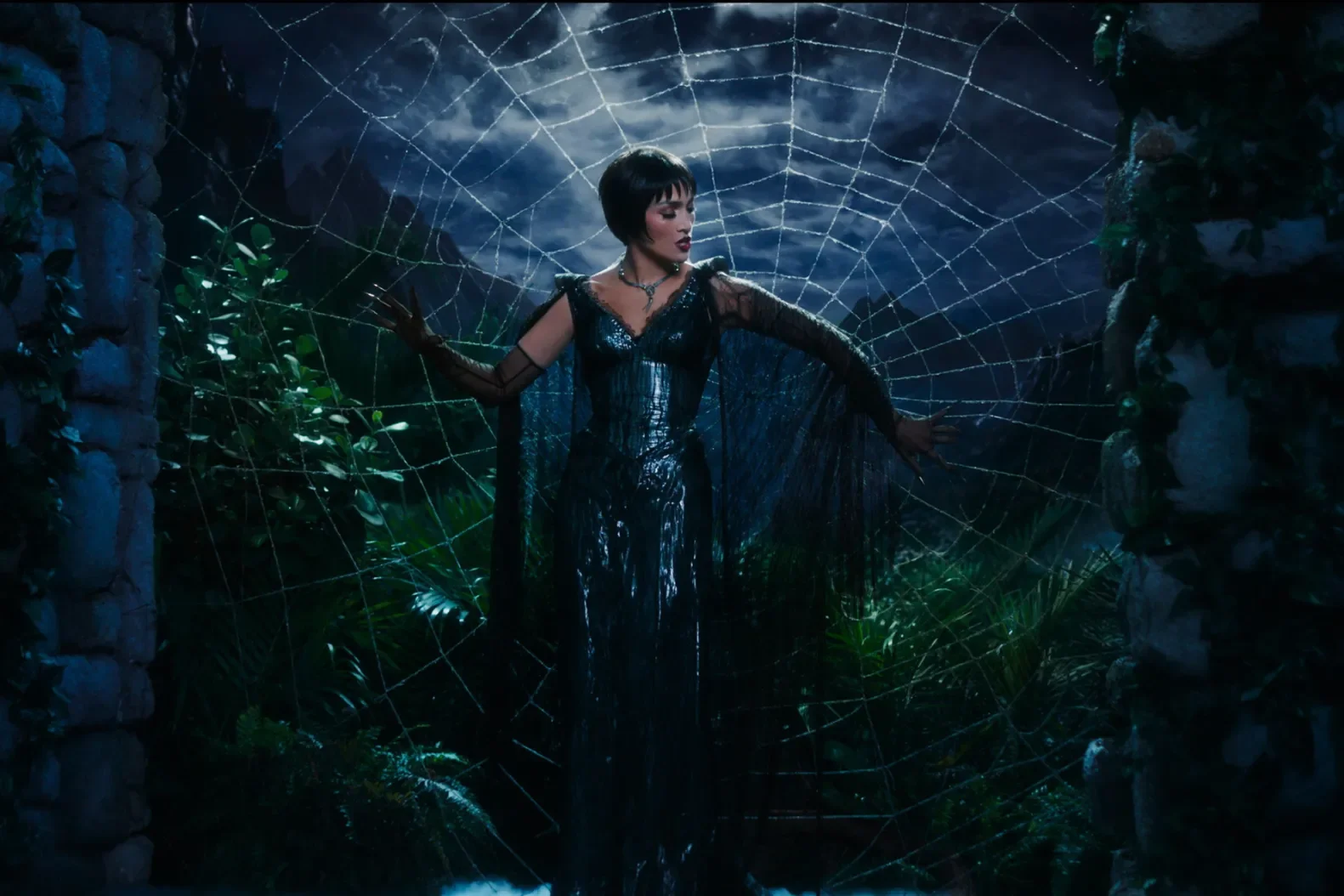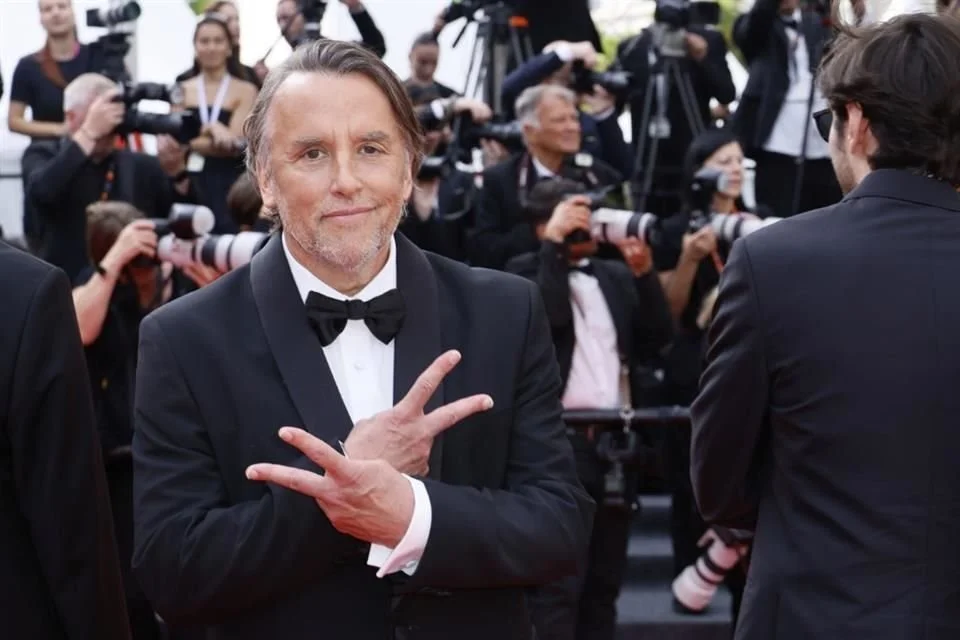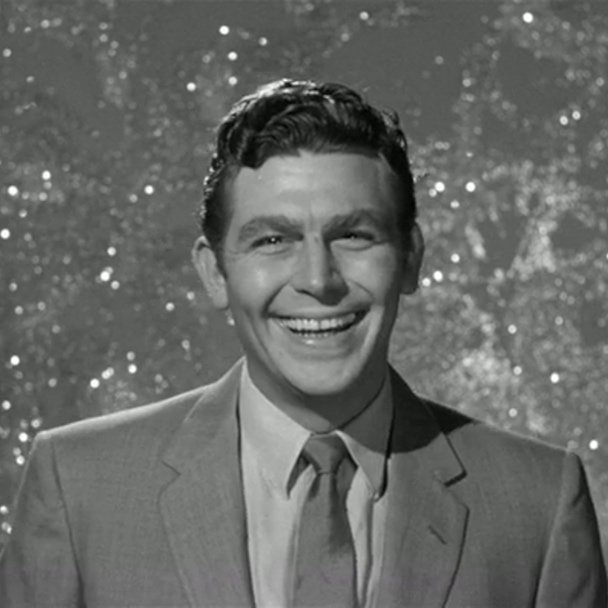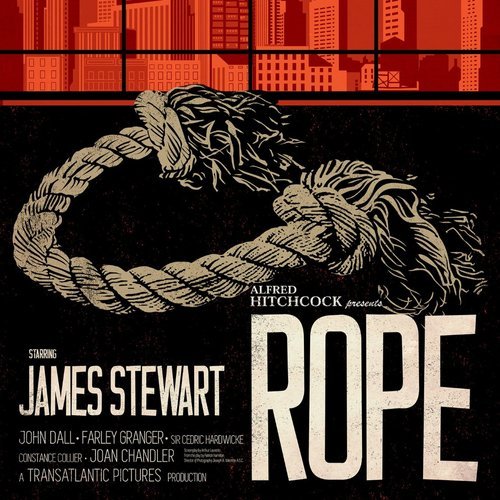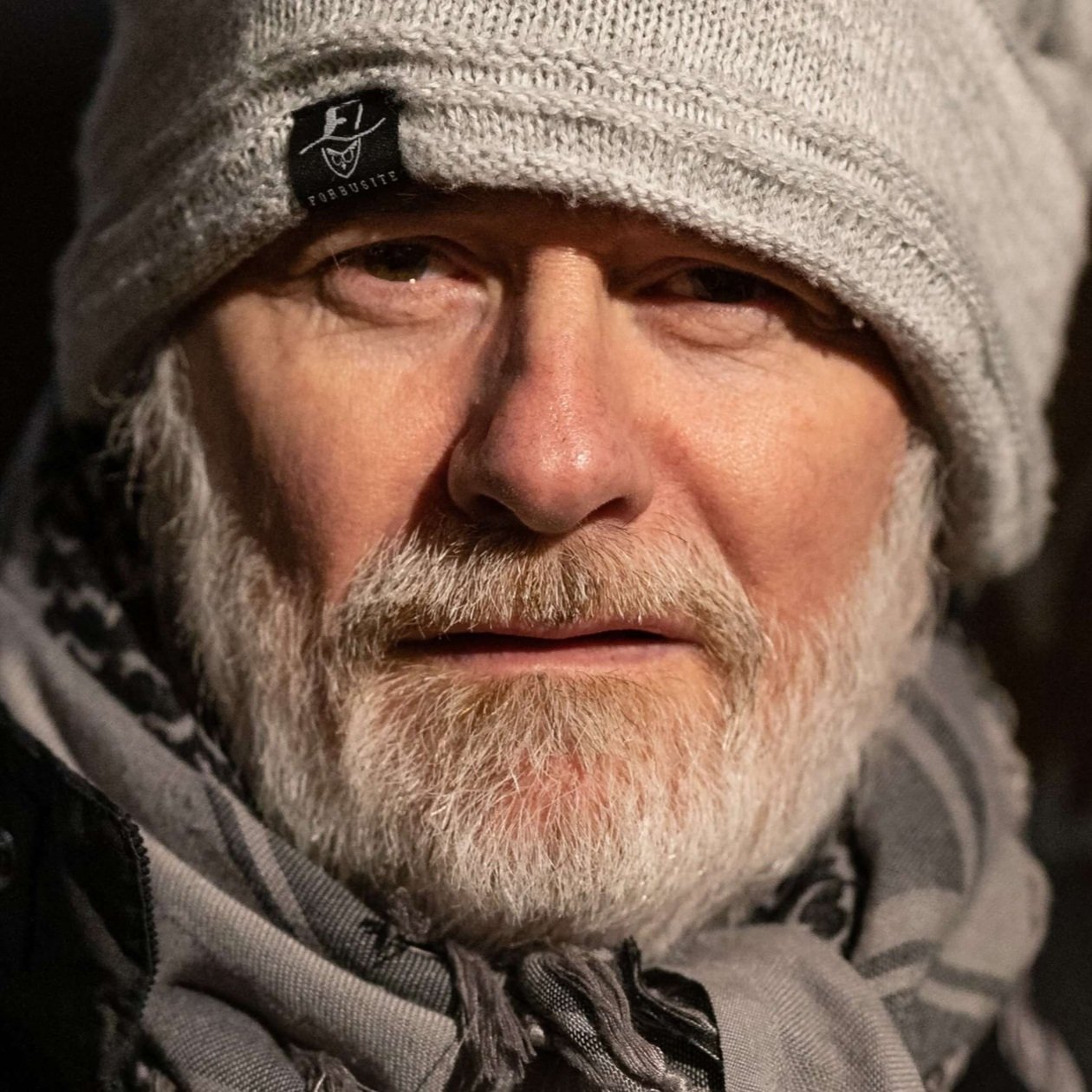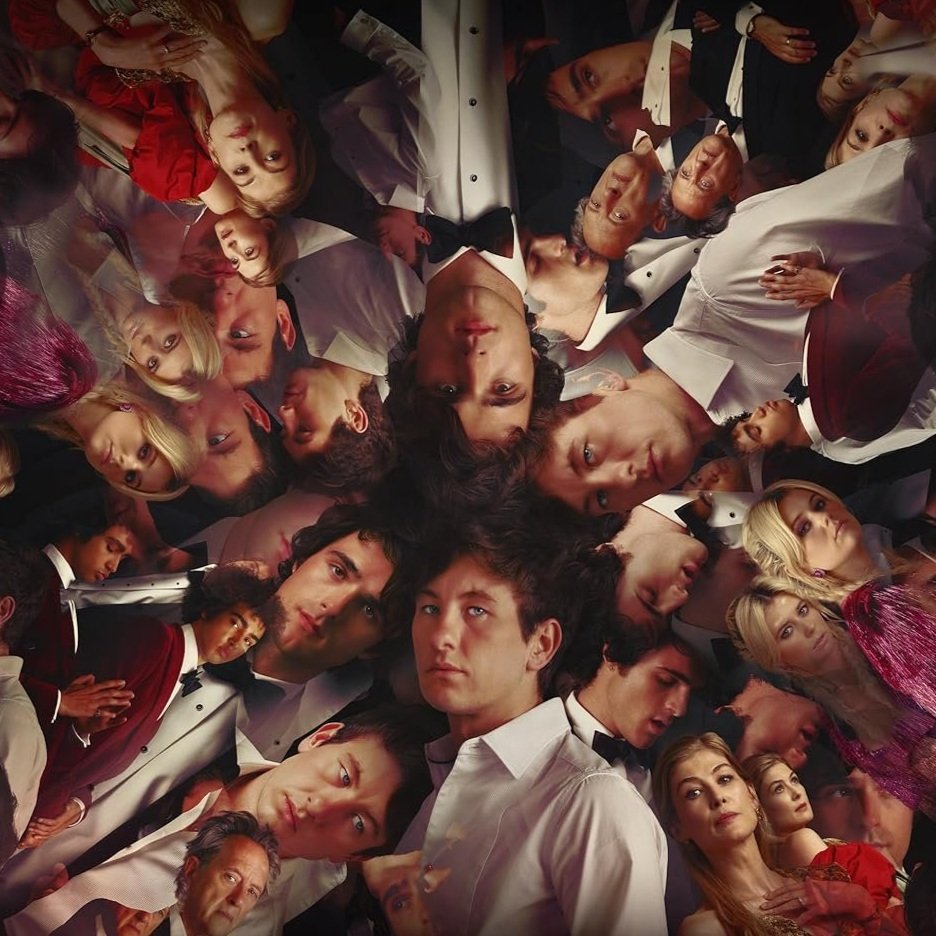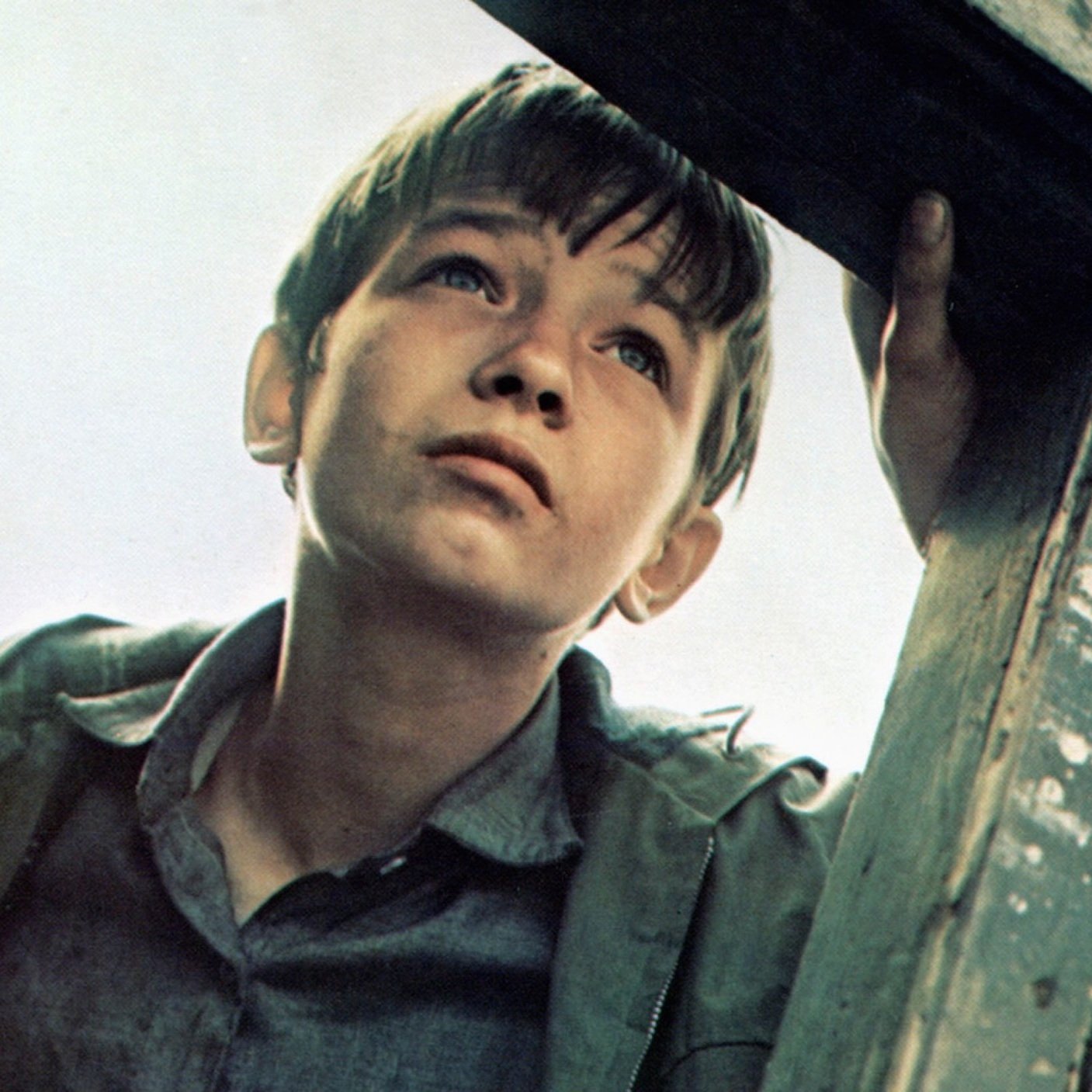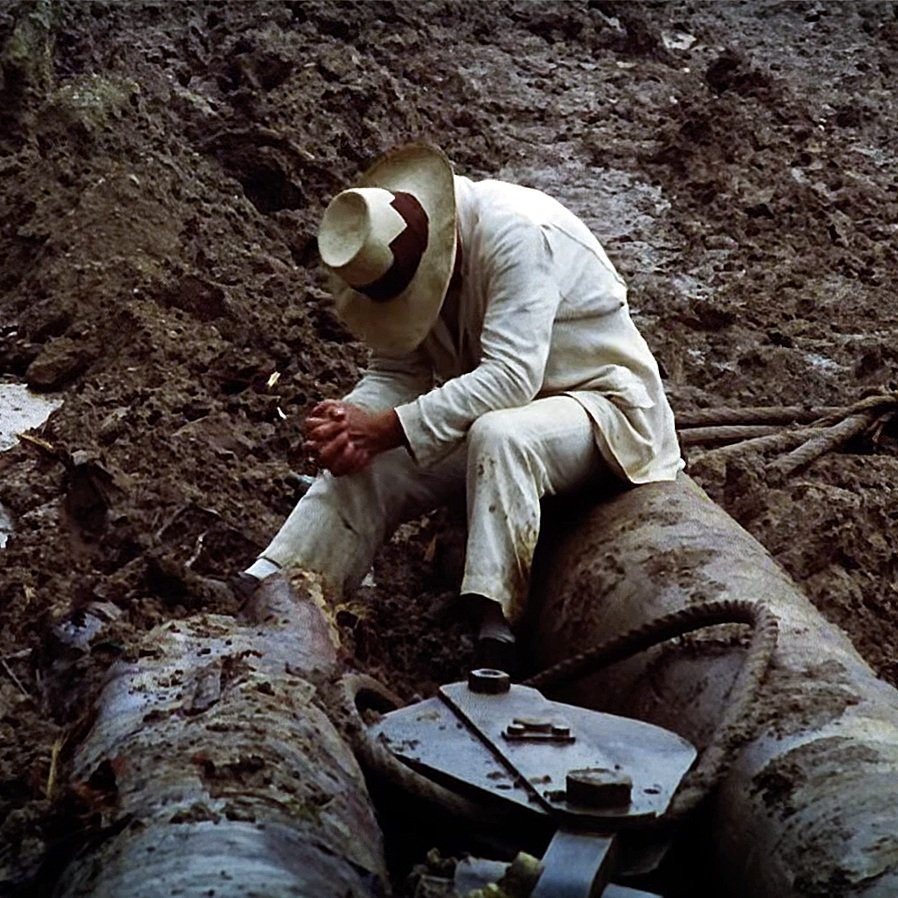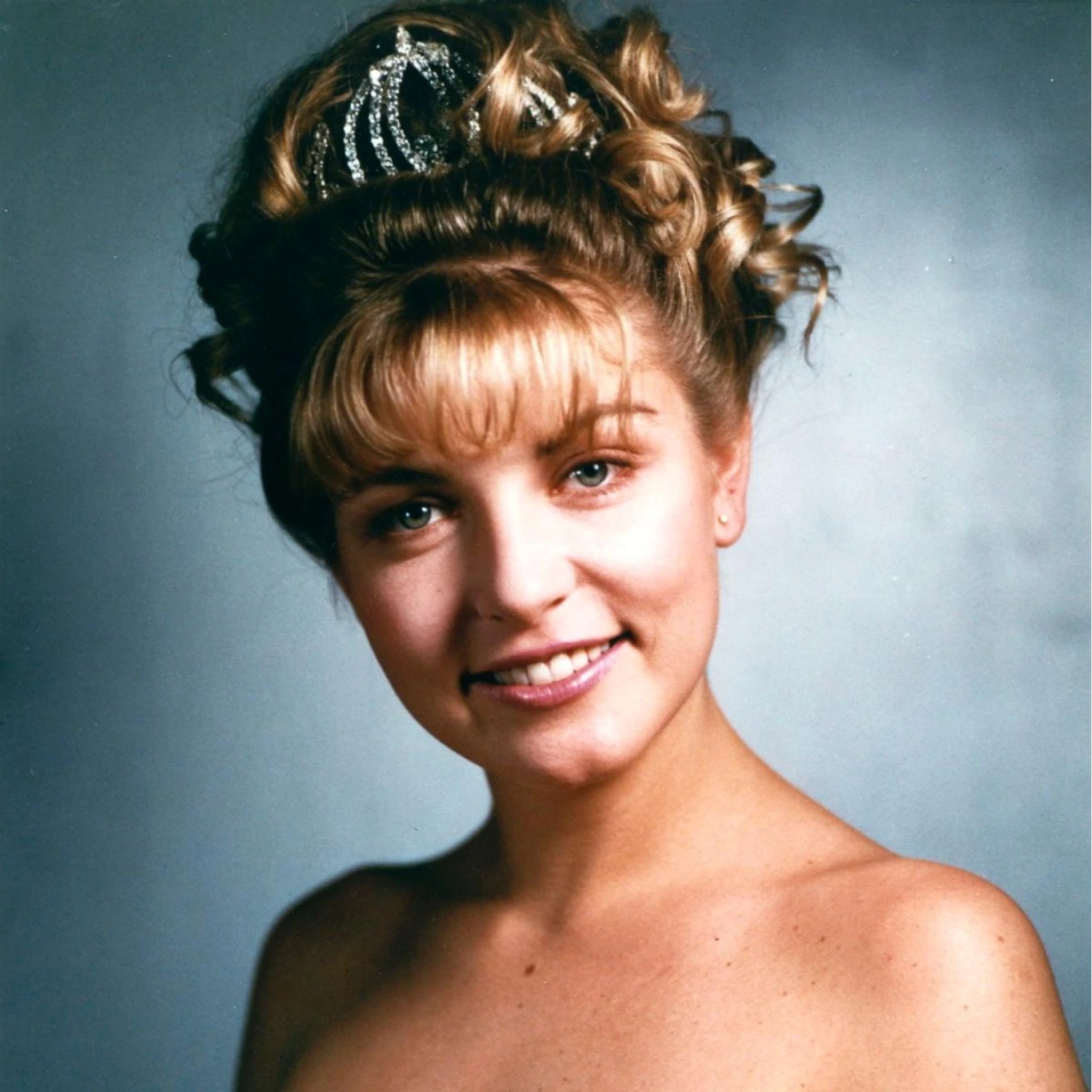No Time to Die: End of an Era
No Time to Die, James Bond's latest and Daniel Craig's last movie, starts with a phantom appearing out of the cold. It's there, in the window of a snow-covered cottage, then it's gone. The scene feels too picturesque to interrupt; we almost want to believe it was just a coincidence of the swirling snow. But a masked man appears at the window of a snow-covered cottage, and it’s undeniable. With tension building, a young Madeleine Swann tries to avoid an unseen killer. The scene closes with three ringing shots, but they come from Swann. It’s a tragic fate averted and innocence stolen. A satisfying arc for a Bond opening. But it's not actually over. What we see next is another reversal: a villain who saves an innocent life.
In many ways, this scene is an encapsulation of that which makes this Bond movie an evolution of what we've come to expect. There is a greater agency from women (although the plot is still largely driven by men), and there is a focus on tension and emotion (though still always capped off by action). And there's always more. Literally—the movie is 163 minutes. Its scale is a sheer-faced tribute to Daniel Craig's Bond. As such, the entire movie rotates around him. This is not so much a movie about James Bond doing as it is about James Bond being (and, spoiler, it's mostly about being sad).
The first sequence after the opening credits sees a legitimately happy Bond who finds the courage to come to terms with his past. Alas, Bond is destined never to get the peace he so desperately wants: as he tries to forgive Vesper Lynd, femme fatale from Casino Royale, it literally blowing up in his face. Worse, the woman he loves, Madeleine Swan, seems to betray him. In one of the most striking scenes in the movie, a seething Bond silently watches inside as the baddies turn the bulletproof glass of his car into a fine powder. Of course, we subsequently see a car chase fitting of a Bond movie, complete with machine gun headlights and faceless bad guys on bikes.
Still, the pattern has been set. Throughout the movie, a broken Bond loses everyone and everything he loves—including the 00 synonymous with him. And, as Bond is broken down, the female characters around him are built up, as if reclaimed from a beloved but misogynistic icon.
All of what has been covered so far is new and impressive, but there is a price to be paid. Most movies have three acts; it sometimes feels like No Time to Die has three movies locked within it. There is the first sequence of betrayal by Madeline Swann. Then, there is a beautifully-filmed segment about Specter and Ernst Blofeld (a role reprised by the typically-excellent Christopher Waltz) set in Cuba and London. Finally, the story culminates on a secret island lair where the villain lives and where Bond dies. There are so many parts to this movie that at times that this humble reviewer forgets them. What gets lost is the glue in-between the scenes. No matter how well Rami Malek plays the role, is it really a proper Bond movie if the villain feels more like a plot device to close Bond's self-sacrifice arc? And I know Bond has to lose everything, but how much does it resonate with the audience when Bond is apoplectic about the loss of Felix Leiter, a character so thin as to be translucent? Time and time again, the lofty goals of the movie get in the way of the execution, resulting in a huge fragmentary soup of a movie.
These shortcomings are real, and I make no reservations for them. But they are also trivial in comparison to what people really go to watch a Bond movie for: action and excitement. Both are present in droves and will drive people to see the capstone on an era of more grounded and personal movies. No doubt, whatever comes next, we will see the DNA of the deeper James Bond Daniel Craig left behind—an influence that No Time to Die pays homage to.
Popular Reviews
